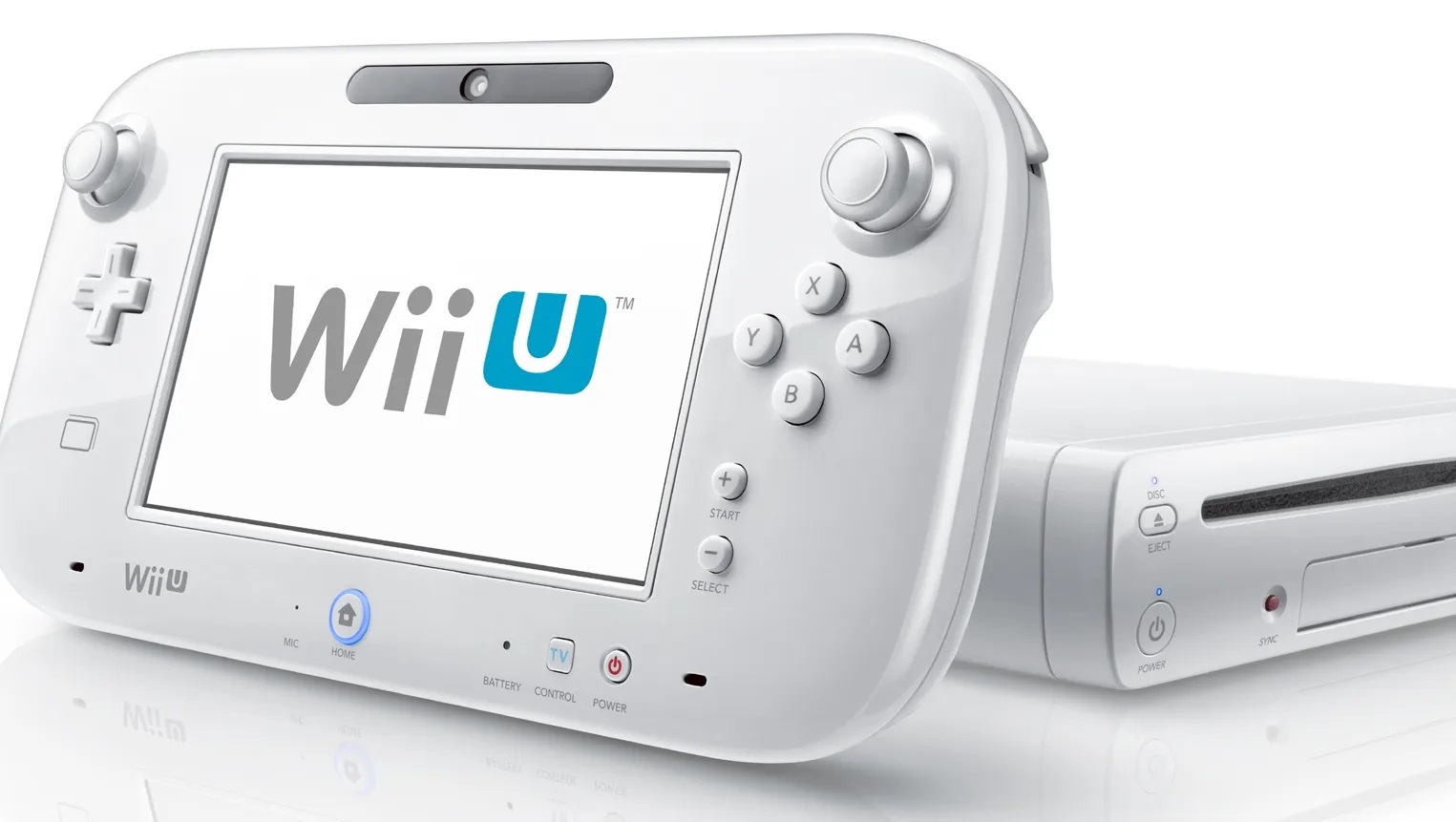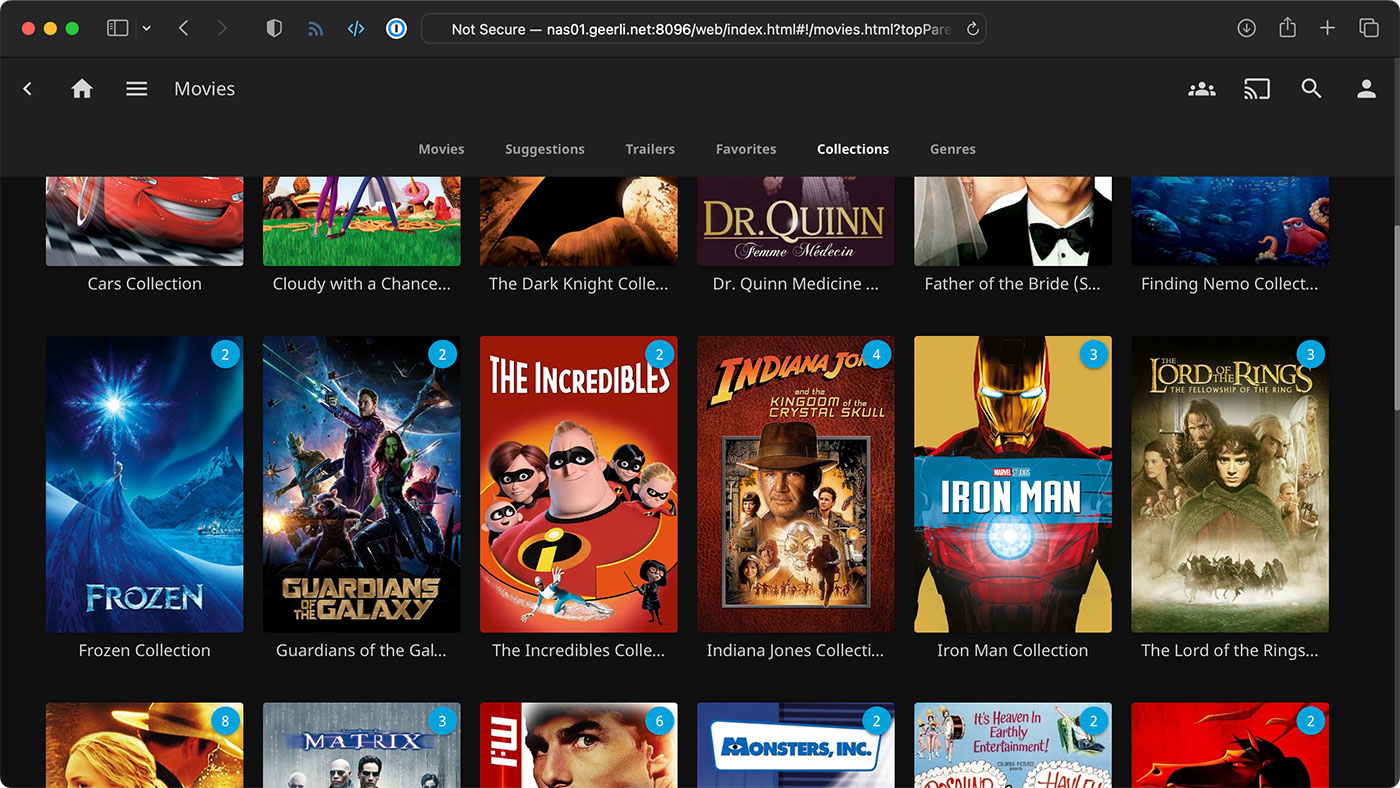
The Wii U, a groundbreaking console developed by Nintendo, has left an indelible mark on the gaming industry. Launched in 2012 as the successor to the immensely popular Wii, this innovative gaming system introduced a range of new features and experiences, captivating gamers worldwide. In this article, we'll delve into 15 fascinating facts about the Wii U, shedding light on its evolution, impact, and enduring legacy.
Let's embark on a journey through the history of the Wii U, exploring its unique capabilities, standout games, and the enduring influence it has had on the gaming landscape. Whether you're a dedicated fan of the console or simply intrigued by its impact, these 15 facts will provide a comprehensive insight into the Wii U's significance and enduring appeal. Join us as we uncover the remarkable story of the Wii U and its lasting impact on the world of gaming.
Key Takeaways:
- The Wii U, released in 2012, brought high-definition graphics and an innovative GamePad controller, but struggled to get enough game titles due to limited third-party support.
- Despite its sales challenges, the Wii U left a lasting legacy with its unique features and contributions to the gaming industry, paving the way for future advancements in gaming technology.
The Wii U was released in 2012.
The Wii U, a home video game console developed by Nintendo, made its debut in This innovative gaming system introduced a unique controller with a built-in touchscreen, offering players a novel and immersive gaming experience.
The Wii U was the first Nintendo console to support high-definition graphics.
One of the standout features of the Wii U was its support for high-definition graphics, marking a significant advancement for Nintendo and enhancing the visual quality of games on the platform.
The Wii U introduced the innovative GamePad controller.
The GamePad controller, a primary component of the Wii U, featured a touchscreen display that provided additional gameplay options and interactivity, setting it apart from traditional gaming controllers.
The Wii U had a strong lineup of first-party titles.
Nintendo's first-party titles, including "Super Mario 3D World," "The Legend of Zelda: The Wind Waker HD," and "Pikmin 3," showcased the console's capabilities and offered compelling gaming experiences for players.
The Wii U struggled to gain widespread third-party developer support.
Despite its impressive first-party titles, the Wii U faced challenges in securing extensive third-party developer support, which impacted the availability of diverse game titles for the platform.
The Wii U's Miiverse feature allowed users to interact and share content.
The Miiverse feature fostered a sense of community among Wii U users, enabling them to share game experiences, drawings, and messages with others, creating a unique social aspect to the gaming platform.
The Wii U offered backward compatibility with Wii games and accessories.
Owners of the Wii U could enjoy their existing library of Wii games and use compatible accessories, providing added value and convenience for those who had previously owned the Wii console.
The Wii U's sales fell short of Nintendo's expectations.
Despite its innovative features, the Wii U struggled to meet Nintendo's sales projections, facing stiff competition from other gaming consoles and failing to capture a significant market share.
The Wii U's Virtual Console allowed access to classic games.
With the Virtual Console feature, Wii U users could access a wide range of classic games from previous Nintendo consoles, offering a nostalgic gaming experience and expanding the platform's game library.
The Wii U's off-TV play feature enabled gameplay on the GamePad screen.
The off-TV play feature allowed players to continue their gaming sessions on the GamePad's screen, providing flexibility and convenience, especially in households with shared television access.
The Wii U's innovative asymmetric gameplay was showcased in titles like "Nintendo Land."
The concept of asymmetric gameplay, where players using the GamePad had a different role or perspective from those using traditional controllers, was highlighted in games such as "Nintendo Land," demonstrating the unique capabilities of the Wii U.
The Wii U's release of "Super Smash Bros. for Wii U" garnered attention from the gaming community.
The arrival of "Super Smash Bros. for Wii U" generated excitement among fans, offering a robust multiplayer experience and serving as a flagship title for the console.
The Wii U's lack of strong third-party support led to limited software releases.
The absence of extensive third-party support resulted in a limited selection of software releases for the Wii U, impacting the overall variety and availability of games for the platform.
The Wii U's successor, the Nintendo Switch, surpassed its predecessor in sales and popularity.
Following the Wii U, Nintendo's next console, the Nintendo Switch, achieved remarkable success, surpassing the sales and popularity of its predecessor and establishing itself as a versatile gaming system.
The Wii U left a lasting legacy with its unique contributions to the gaming industry.
Despite its challenges, the Wii U made notable contributions to the gaming industry, introducing innovative features and paving the way for future advancements in gaming technology.
The Wii U, a groundbreaking console released by Nintendo in 2012, marked a significant milestone in the gaming industry. Boasting high-definition graphics and an innovative GamePad controller with a built-in touchscreen, the Wii U offered a distinctive gaming experience. While the platform excelled in delivering compelling first-party titles, it encountered challenges in securing widespread third-party developer support, impacting the availability of diverse game titles. The introduction of the Miiverse feature fostered a sense of community among users, while the Virtual Console provided access to classic games, appealing to a broad spectrum of gamers. Despite its unique contributions, the Wii U faced sales challenges and was succeeded by the immensely popular Nintendo Switch. Nevertheless, the Wii U's impact on the gaming industry endures, leaving a lasting legacy with its innovative features and advancements.
Conclusion
In conclusion, the Wii U was a groundbreaking console that brought innovative features and gameplay experiences to the gaming world. Its unique GamePad controller and backward compatibility with Wii games set it apart from its competitors. Although it faced challenges in terms of marketing and third-party support, the Wii U left a lasting impact on the gaming industry. With its library of exclusive titles and creative gameplay mechanics, the console continues to hold a special place in the hearts of many gamers and collectors.
FAQs
What were the standout features of the Wii U?The Wii U introduced the innovative GamePad controller, which offered a second screen and unique gameplay possibilities. Additionally, it was backward compatible with Wii games and accessories, providing a seamless transition for existing Wii owners.
What contributed to the Wii U's unique gaming experience?The Wii U's emphasis on asymmetric gameplay and off-TV play, enabled by the GamePad, allowed for new and creative gaming experiences. This approach gave rise to a variety of unique titles that leveraged the console's capabilities in innovative ways.
Was this page helpful?
Our commitment to delivering trustworthy and engaging content is at the heart of what we do. Each fact on our site is contributed by real users like you, bringing a wealth of diverse insights and information. To ensure the highest standards of accuracy and reliability, our dedicated editors meticulously review each submission. This process guarantees that the facts we share are not only fascinating but also credible. Trust in our commitment to quality and authenticity as you explore and learn with us.


